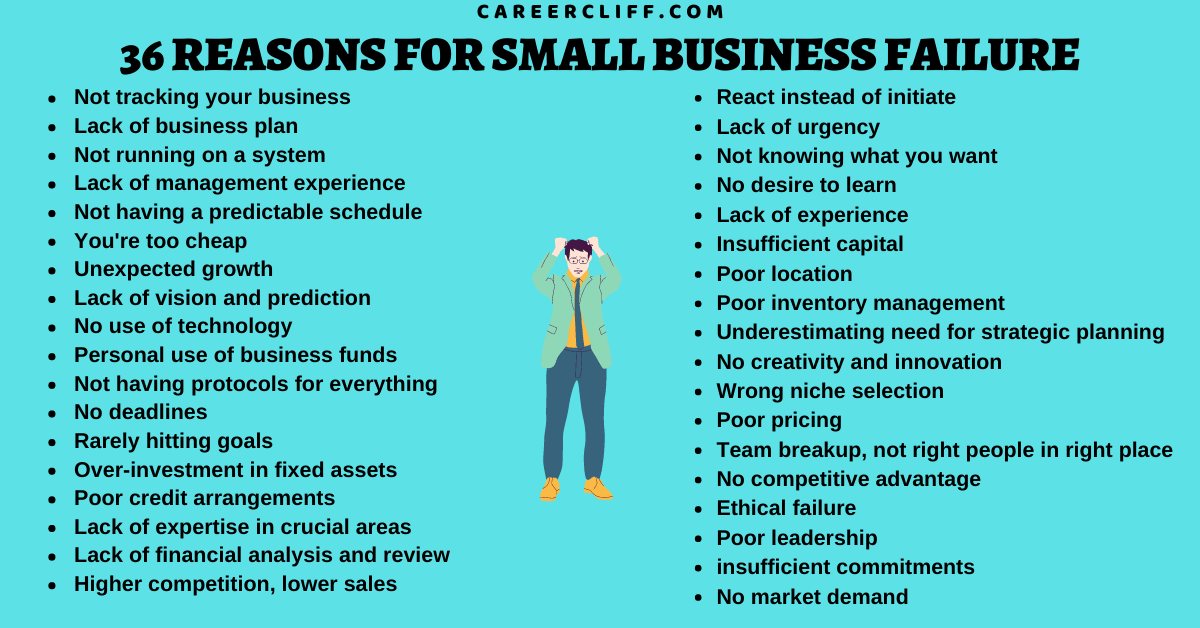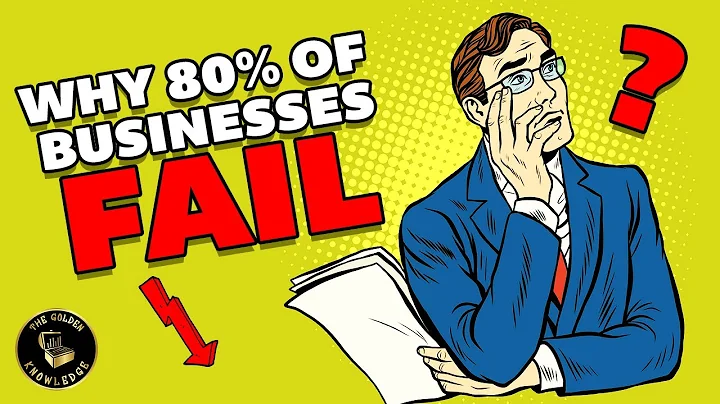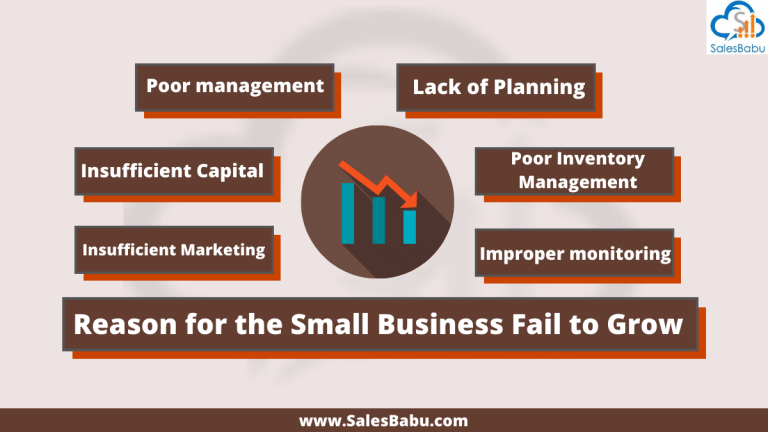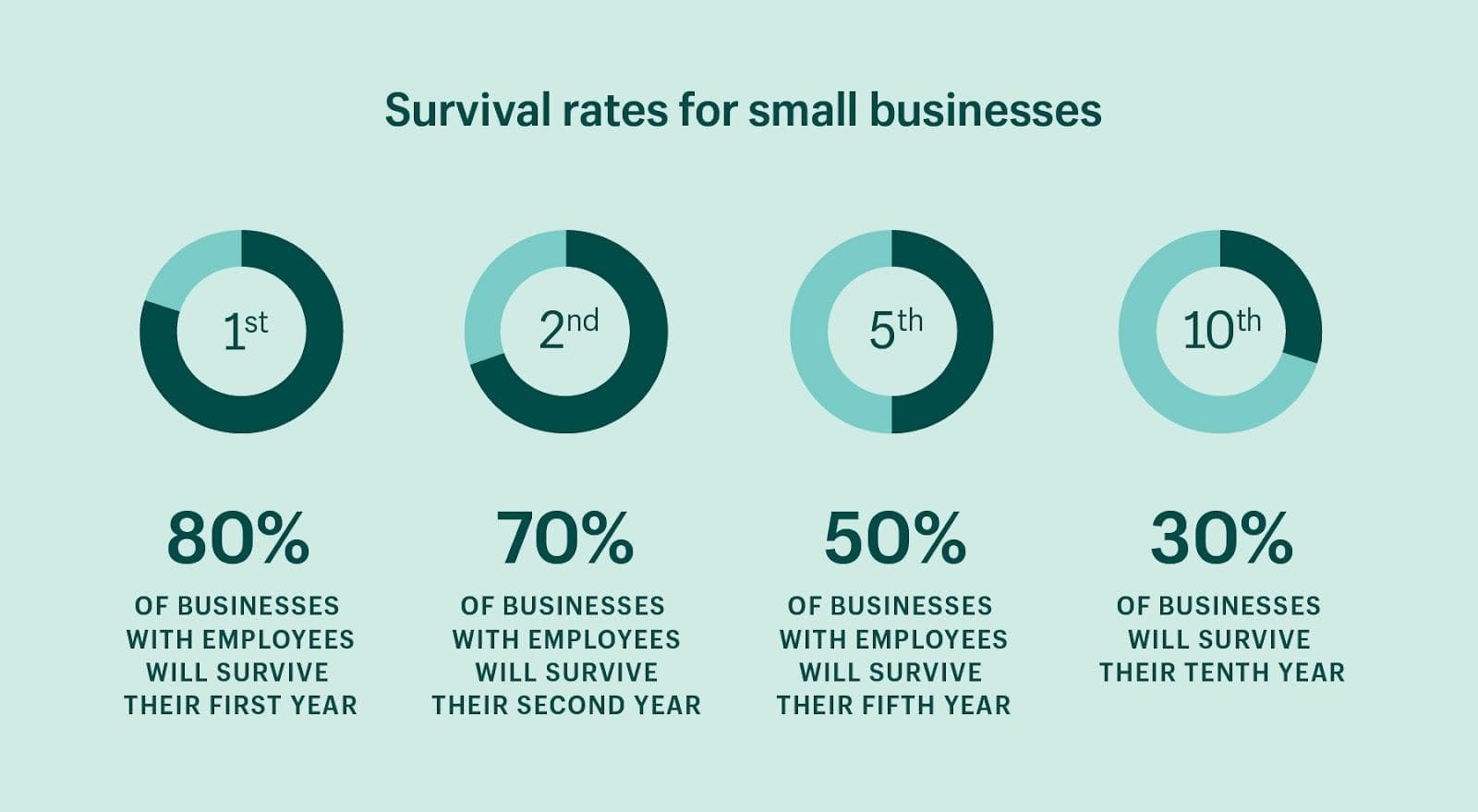Why Do So Many Small Businesses Fail

The dream of owning a business is a cornerstone of the American ideal. However, the reality is harsh: a significant percentage of small businesses fail within their first few years.
Understanding the factors contributing to this high failure rate is crucial for aspiring entrepreneurs and policymakers alike. This article explores the multifaceted reasons behind small business closures, drawing on data and expert insights to shed light on this complex issue.
The Grim Statistics
According to the Small Business Administration (SBA), about 20% of small businesses fail within the first year. By the end of their fifth year, approximately 50% are no longer operating. The 10-year mark sees only about 33% surviving.
These figures underscore the challenging environment for small businesses and highlight the need for careful planning and execution.
Key Reasons for Failure
Lack of Capital and Poor Cash Flow
One of the most cited reasons for small business failure is inadequate funding. Many entrepreneurs underestimate the amount of capital needed to sustain operations, especially during the initial period of low or negative profitability.
Poor cash flow management exacerbates this issue. Businesses may struggle to pay bills, meet payroll, or invest in necessary equipment and marketing, leading to a downward spiral.
Inadequate Market Research and Planning
A flawed business plan is another major contributor to failure. Some entrepreneurs launch businesses without thoroughly researching the market, identifying their target audience, or assessing the competition.
Without a solid understanding of the market dynamics, businesses may struggle to attract customers and generate sufficient revenue. "Failing to plan is planning to fail," as the adage goes.
Poor Management and Leadership
Even with adequate funding and a sound business plan, poor management can derail a small business. Effective leadership, strong organizational skills, and the ability to adapt to changing circumstances are essential for success.
Ineffective managers may struggle to motivate employees, control costs, or make strategic decisions, ultimately hindering the business's growth and viability.
Marketing and Sales Challenges
Attracting and retaining customers is fundamental to any business's survival. Many small businesses fail because they struggle to effectively market their products or services.
Insufficient marketing efforts, outdated sales strategies, or a failure to adapt to evolving consumer preferences can lead to declining sales and eventual closure. The rise of e-commerce also places pressure on traditional brick-and-mortar businesses.
Economic Downturns and External Factors
Economic downturns, unexpected crises (such as the COVID-19 pandemic), and regulatory changes can significantly impact small businesses. These external factors can disrupt supply chains, reduce consumer spending, and increase operating costs.
Small businesses, often lacking the financial cushion of larger corporations, are particularly vulnerable to these shocks.
"The pandemic disproportionately impacted small businesses," stated Isabella Casillas Guzman, Administrator of the SBA, in a recent press briefing.
A Human Perspective
The closure of a small business is not just a statistic; it often represents the culmination of years of hard work, sacrifice, and personal investment. For entrepreneurs, it can be a devastating experience, leading to financial hardship and emotional distress.
Consider the story of Maria Rodriguez, who poured her savings into opening a small bakery in her neighborhood. Despite offering delicious pastries and exceptional service, she struggled to compete with larger chains and ultimately had to close her doors. Her experience highlights the challenges faced by many entrepreneurs striving to build a successful business.
Mitigating the Risks
While the odds may seem daunting, there are steps entrepreneurs can take to improve their chances of success. Thorough market research, a well-crafted business plan, prudent financial management, and effective marketing strategies are all crucial.
Seeking mentorship from experienced business owners or utilizing resources offered by the SBA and other organizations can also provide valuable guidance and support. Access to funding and flexible loan options remains a critical need.
Conclusion
The high failure rate of small businesses underscores the importance of preparation, adaptability, and resilience. While the entrepreneurial journey is fraught with challenges, understanding the common pitfalls and taking proactive steps to mitigate risks can significantly increase the likelihood of success. The backbone of the American economy depends on it.













.jpg)




